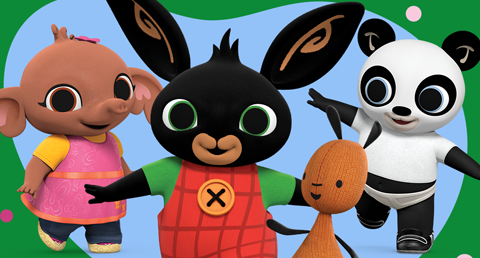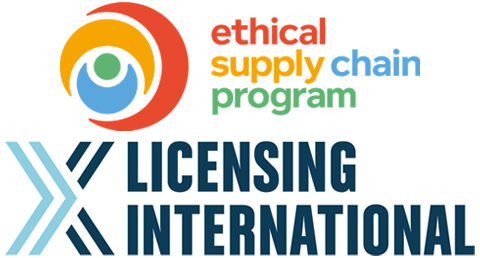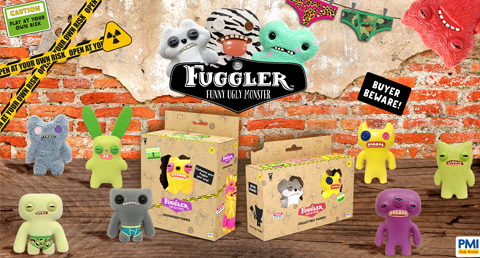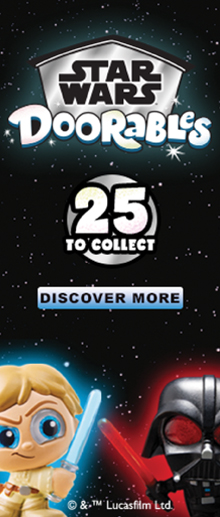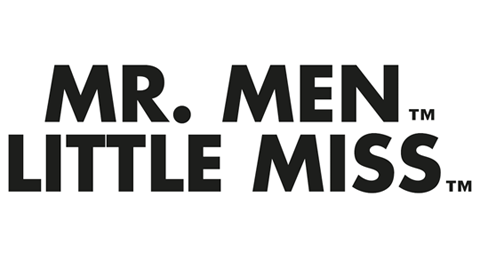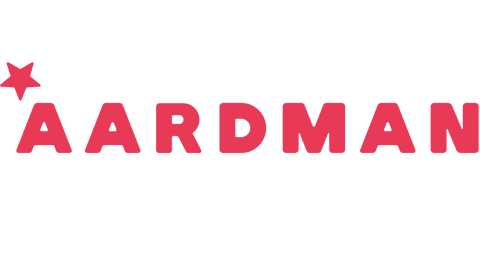Among the many facets promising to keep visitors glued to their screens for the duration of October’s Festival of Licensing this year will be a dedicated channel to spotting the newest and emerging trends in a bid to spy the opportunities in what the future consumer will think, feel and do. It sounds like witchcraft. But it isn’t.
Moreover, it’s the work of Joanna Feeley, the CEO of Trend Bible, the company she founded in 2011 after identifying that the market for predicting the future of life at home was under-served, yet set to grow dramatically. Today, the team specialises in home and interiors, baby and kids, gifts and greetings, and FMCG. Trend Bible also works with global brands in over 35 countries, helping them to understand what their future consumer will look like.
With Festival of Licensing now waving at all of us from our calendars, Licensing.biz catches up with Feeley ahead of her presentation at the month long festival kicking off from October 6th.
Hello Joanna, to kick off with the obvious question – how have consumer needs and behaviour changed during the pandemic?
The changes have been quite broad, and they vary from category to category. The pandemic has dented demand for certain products and increased it for others. I think it’s important to note – and we’re huge advocates of this – that brands and retailers need to understand the whole person that buys from them. It’s impossible to get a clear picture of that consumer if you only look at the relationship with them and your product.
We have seen an increase in behaviours we weren’t seeing so much pre-pandemic. For example, a notable interest in heightened hygiene, the rise in demand for crafts, the increase in eating and drinking from home. People have been anxious and worried and that naturally impacts behaviour.
Surprise events with global implications – like the pandemic – are known as Black Swan events and they can have interesting and unexpected implications. For example, a Danish study showed a 90 per cent decrease in extremely premature births in the month of lockdown compared with the same period during the previous five years. Why? We don’t know for sure, but it’s presumed to be linked to a reduced stress levels from working from home together with a drop in pollution levels. And this is a fascinating trend, because it forces us to look at what this means for mothers and if – or how – we should change the way they are treated medically.
Our approach as trend forecasters is to pay attention to consumer attitudes as these are often indicators of change long before a new behaviour is exhibited. Often, a consumer’s mindset has already shifted, but it’s difficult or impossible for them to live behaviours that match that mindset. For example, there was a growing awareness of the environmental damage done by landfill, so consumers wanted to recycle more, it just wasn’t that easy to do before governments and local councils gave us the tools to do that.
More recently, we spotted there was a growing desire among office workers – particularly those with families – for more flexible working, but it wasn’t until the pandemic hit and businesses were forced to allow home working, that workers were granted that flexibility.
Companies like Google and Facebook recognised this many years ago, but the rest of the business community hadn’t caught up. Covid has accelerated that transition. Whether it’s worked and people will want to continue working from home, is yet to be seen, but I do believe most people will want to retain that flexibility and we need to be aware of what that means for the home – functioning as an office – and for the workplace, with many spaces now being transformed to offer a clubhouse style of working.
So what are the key trends to have arisen over this period?
There are so many that we have been mapping trends in terms of three categories:
- Accelerated trends – things that were already happening but that have now become more prominent or possible, like working from home
- ‘Elastic’ trends – the behaviours that have changed for now, but we expect them to ping back
- New trends that the pandemic has been a catalyst for
What innovations have you seen from retailers to piggyback on them?
So many. And they’ve been so broad and varied. It’s fair to say, that retailers who had already nailed the D2C channel or who pivoted quickly have performed much better.
We’ve also seen an increase in sample culture from a home and interiors viewpoint. So, consumers are now keen to order tile or paint pot samples online. And some retailers have responded really well to this.
I think Pret a Manger’s shift to a £20 p/m coffee subscription is really interesting. There’s a widespread move to cashless, cashierless and menuless restaurants, something that’s already very common in China, where you scan QR codes to get a table and view the menu, and then pay online with WeChat. The only human interaction is with the person who brings your food. This will be truly transformative for our service industries.
I was Head of Trends at Tesco 15 years ago, when supermarket shopping and the ability to buy everything under one roof was deemed the next big thing. For 20 years that large-scale retail format had dominated. But now, we’re seeing small independents dominating again – small butchers, coffee vans delivering to the consumer, pop up artisan bakers, and that could be good news for the local high street and the suburbs.
As a retailer, how do you ensure you spot trends early?
Most retailers access future trend intelligence from a forecaster like Trend Bible but knowing about trends is pointless if you don’t act, and act in a timely fashion.
We’re forever reading about retailers who have failed saying that they knew about incoming trends, they just hadn’t seen their relevance and that ultimately led to their demise. We speak to a lot of brands who struggle to activate the trends inside their business and find it difficult to take a trend from being merely interesting information into meaningful change from board level through to the product designers.
How important is it for retailers to be agile with their responses?
Agility is important, but it’s really about having a clear idea of how your customers world is going to change and how that’s going to impact what they come to you for. The strategy has to be right and timing is everything. You can go too early with a trend as well as too late. It’s pointless focusing on being agile without having a deep understanding of how your customer is going to shape-shift in the coming months and years.
What role can licensing, and licensed product, play in all of this?
What we often find when working with people in licensing is there is an assumption that assets can’t be changed to fit with trends. Yes, trends have to be applied more carefully, but they can still be used to update products without upsetting the visual DNA. It’s about being aware of the socio- political environment of the day and how that sits with your consumers.
For example, I was watching an old episode of a pre-school animated series that included an expression of motherhood that I felt was sexist, old fashioned and totally out of step with how I feel as a modern parent. That IP could have changed the story to move with the times, and the context which the brand lived in, without having to change the design or colour of its assets.
Trends can – at their best – keep a license relevant, and some brand owners excel at this. So, Spider-Man and the Marvel licensing programme, is a fantastic example. They really understand how to use those assets, no matter how old they might be, in a context that feels contemporary and in step. Black Panther felt very timely. For licensing, it’s about being in tune with the social context that exists. It goes back to what I said right at the start – always ask, what is the end consumer ALSO consuming outside of my product to identify who your future consumer will be.
Why should retailers tune in to your session at Festival of Licensing?
I would love the audience to leave clear in their minds that they either are confident they have the tools and wherewithal to know what their future consumer will do in the next 12 months, or they do not. Being honest about what you currently know about how your customer will behave in the future is a critical first step.







